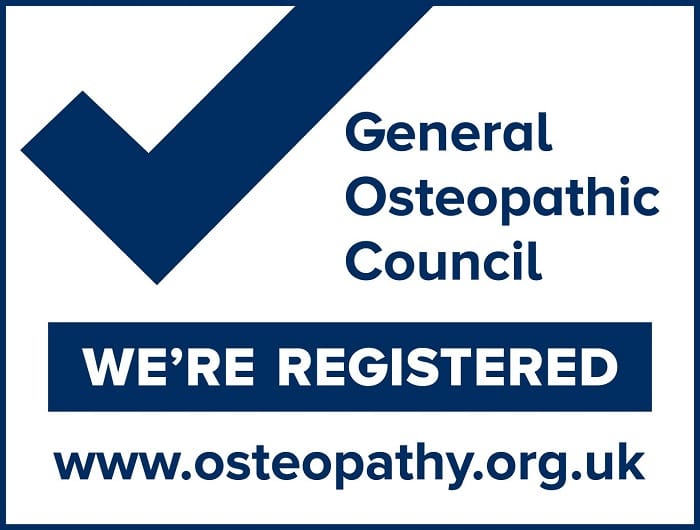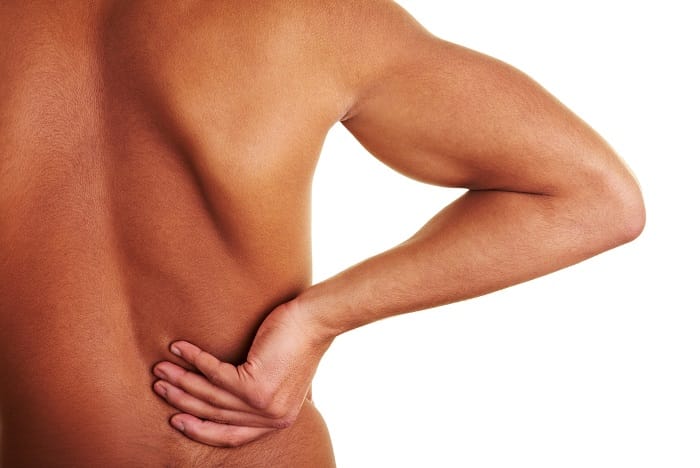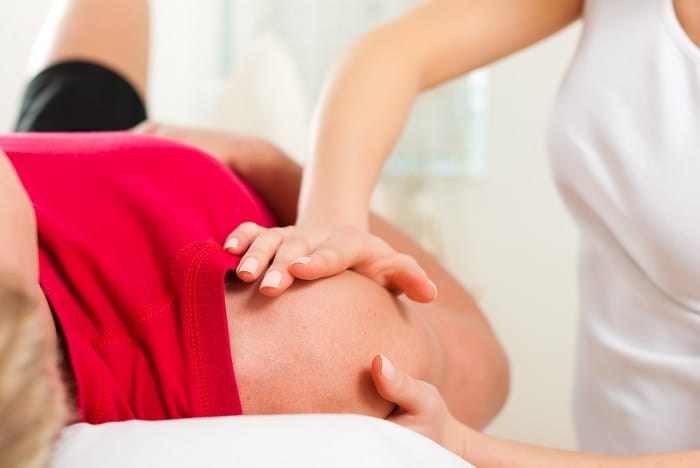Fractures
A fracture refers to a break in the continuity of any bone, it does not necessarily need to be a complete break but can often be a small hairline crack. These micro fractures can result from repetitive strain placed on the bone and you may not even be aware you have one. Fractures occur when the excessive forces are placed on the bone above its tensile strength to resist. As the bone has little flexibility the outcome is either partial cracks or complete breaks, which are collectively referred to as fractures. Specific forces that can cause fractures include;
- Direct impacts from trauma or falls, common in accidents or sports injuries.
- Sudden twisting actions from fixing one end of the bone whilst the other is excessively rotated, more common in the long bones of the arms and legs.
- Repetitive strain or over-use injuries, where a lesser force is constantly applied for long periods with insufficient rest in between for recovery.
In most cases you are instantly aware a fracture has occurred due to the immediate onset of intense pain. For less severe fractures you may only experience a dull ache that could be mistaken for a sprain or other soft tissue injury. Symptoms that would indicate the presence of a fracture could include;
- Pain, varying from intense down to a dull ache radiating from the site of injury.
- Swelling of the soft tissues around the injury, more notable if around bony joints.
- Visible deformity in the normal shape or direction of the bone.
- Redness or discolouration that develops into bruising.
- Tenderness of the soft tissues over the site of injury when pressed.
- Stiffness if the fracture is around a joint.
- Altered or loss of sensation around or below the site of fracture if any surrounding nerves have been impinged or damaged.
- Muscle weakness, due to compression of soft tissues and nerves at fracture site.
Severe soft tissue damage, such as ligament sprains or ruptures, can present with similar symptoms to minor fractures, but require very different treatment. It is therefore important to have your injury assessed professionally to be sure what damage has occurred. If your therapist or doctor suspect you have a fracture they will refer you for an x-ray to verify the severity and nature of the fracture.
The majority of fractures will then be placed in a cast or splint to restrict all movement during the early phase of bone healing. Healing times vary depending on the size of the bone and complexity of the fracture but are usually immobilised for at least 4 – 6 weeks. After which gentle therapy can begin to ensure the bone and surrounding tissues regain maximum strength and functional ability. Your body will complete the majority of hard callus bone tissue healing after 3 – 4 months, but fine remodelling of the fracture site may go on for several months or even years. Your therapist can use a number of treatments and advice to improve the quality of healing, prepare the injury for return to activity or sports participation and reduce the risk of re-injury. Such treatments include;
- Heat treatments, including ice, packs for pain and tissue swelling relief.
- Soft tissue massage to alleviate stiffness and disperse swelling.
- Electrotherapy to promote soft tissue healing.
- Progressive and safe strengthening exercises to encourage bone healing.
- Stretches, both passive and active, to maintain range of movement and functionality.
- Activity modification advice whilst your bone is still healing.
- Balance training to improve dynamic stability in lower limb fractures.
- Mobilisations to relieve stiffness in joint fractures.
- Sensation and motor skill retraining if you have suffered any nerve damage.
- Graduated exercise rehabilitation programme for safe return to daily activities and sports participation.
Have any questions, make an enquiry Enquire Now
I didn't actually choose to see Nick - I was sent to him by my exasperated personal trainer, and now I can't thank her enough! Five weeks before the London Marathon I developed a pain in one of my glutes and did what any self-respecting idiot would do - ran on it until it was so bad it hurt just to walk, and the months of training seemed like they'd been for nothing.
Nick is wonderful. He's very professional and thorough and he has a naturally calming manner that will put you at ease. He also clearly knows his stuff - in our first session he quickly identified my problem (piriformis) explained it in terms I could understand (!) and gave me exercises to speed up recovery.
I had three more sessions and they were well worth it. As well as treating the injury he also assessed my running style for any underlying issues and correctly identified previous injury sites. With his help I was able to quickly get back into training and, by some miracle, a week before the marathon I was pain free.
I joked that, as well as fixing my injury, I expected Nick to make me run faster. Well, maybe... Just maybe... The man's a magician! I'm delighted to say I ran a pb, clocked my first sub-3 hour marathon and came 46th out of all the ladies. Thank you Nick! I cannot recommend him enough.
- Ros P
A big thank you to Elaine (osteopath) at Nick Castle Osteopathy & Sports Medicine Clinics - after just 2 sessions she managed to work out some major aches and pains I'd been having daily, for over 6 months. I plan on seeing her on a regular basis to prevent any future problems. Thanks again!
- Priti S
I have had 2 sports massages with Nick, one in Kensington and one in Amersham. Nick is a very approachable therapist, who spends time building a picture of the type of sports you do and the injuries you have. I have found Nick's techniques to really help improve my performance.
- Jane B








